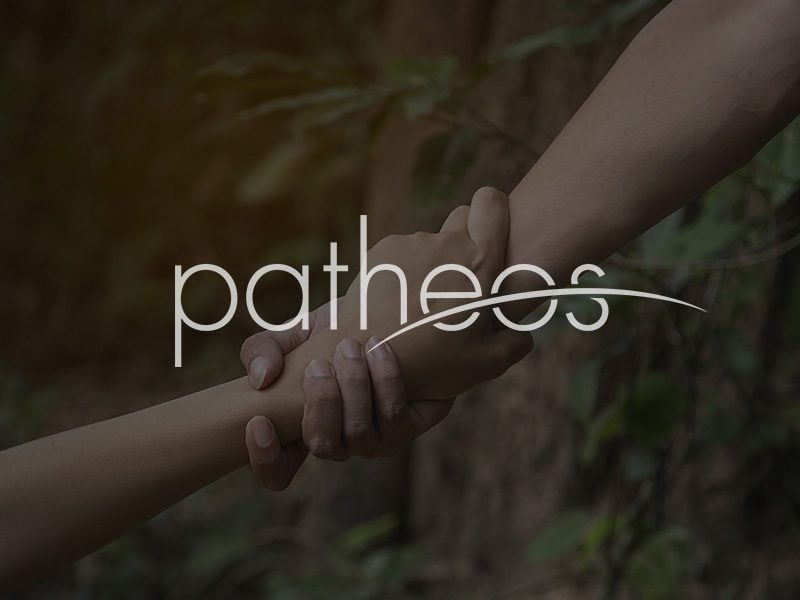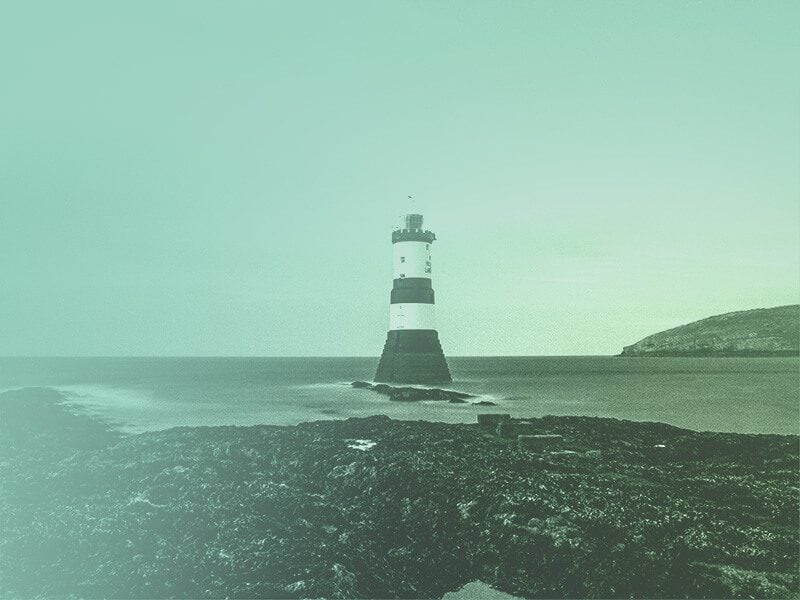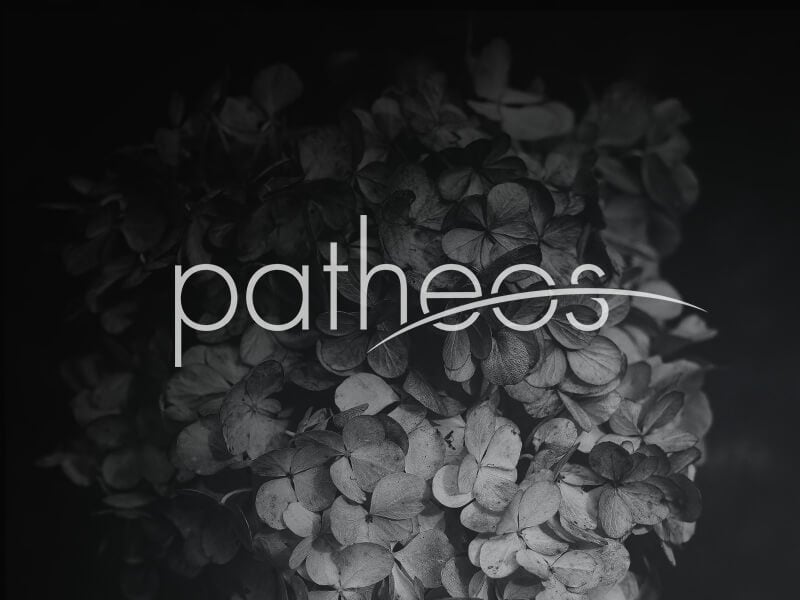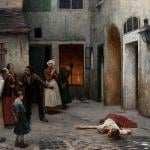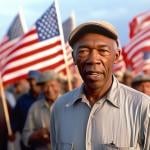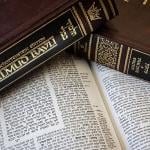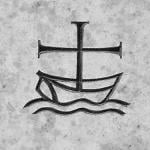At the heart of St. Louis’ Italian community is a neighborhood known as The Hill. Beginning in the 1880’s, immigrants from Italy and Sicily moved there in search of work, and over the years it’s retained its distinctive ethnic character. (Fire hydrants are still painted red, white, and green.) Yogi Berra and Joe Garagiola grew up there, across the street from each other. St. Ambrose was founded as an Italian parish on the Hill in 1903. In 1972, a monument... Read more


